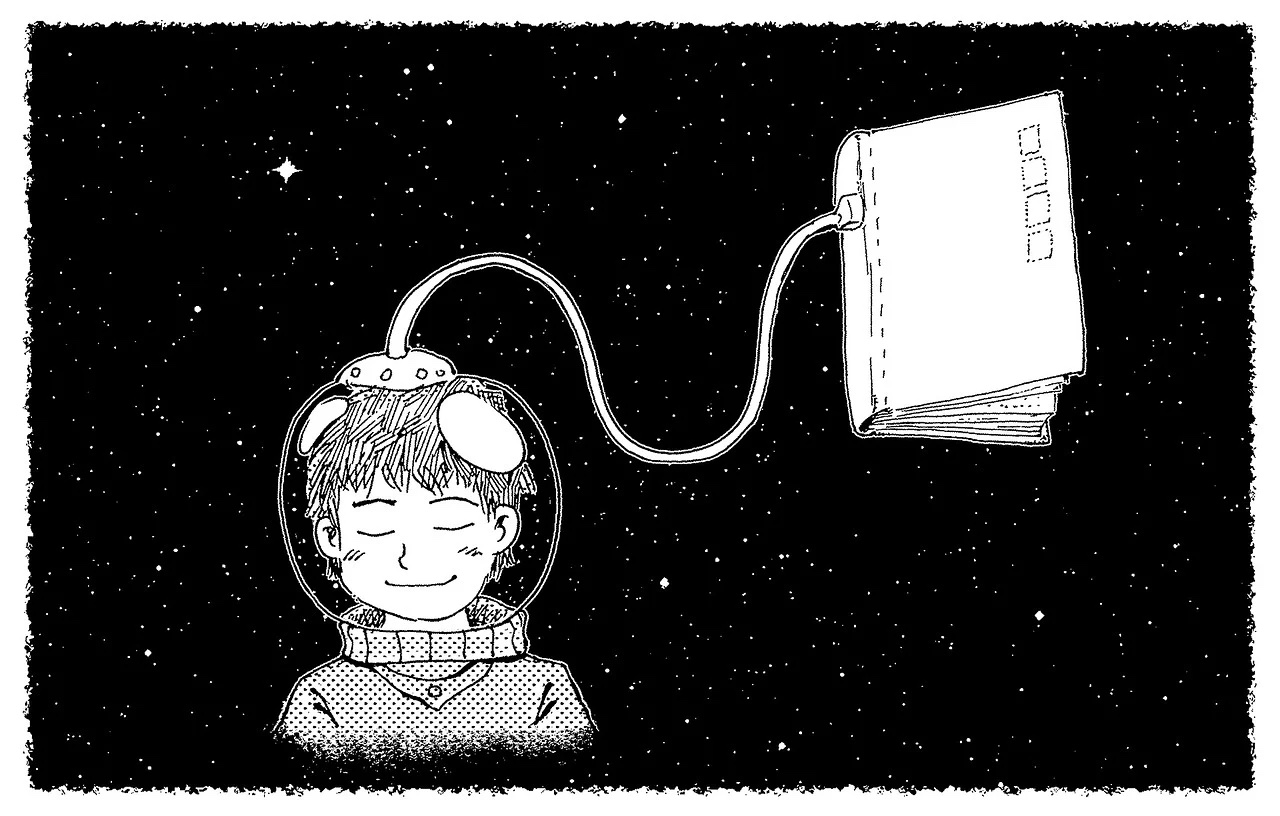Studying for the ABR Core Exam is undoubtedly a daunting task. Not only can the sheer amount of material one needs to learn seem overwhelming, but also the vast amount of resources available can be more of a burden than an asset. I often see my fellow residents scrambling to make time to go over every single review book out there, in an effort to have all of their bases covered. This strategy is not only nearly impossible but is likely counterproductive. Rather, one should focus on one “comprehensive” review book while supplementing with case review books and question banks that work best for them.
When asking my peers about their thoughts on different study resources, I could never get a good consensus on what was best. Different people had the same success passing the exam with very different approaches. However, one commonality I did notice amongst those who had success on the exam was that their approach was comprehensive (covered all categories tested) and diligent. With that being said, it is best to first peruse a resource to make sure it is useful for your style of learning before fully committing your time (and money) to it. Also, it should be noted that none of these are substitutes for a comprehensive textbook (such as Brant and Helms or the Requisites series). Review books are most effective when they are, in fact, used as a review and not a primary source of learning.
Below are reviews for the resources my colleagues I used, some more than others, to prepare for the ABR Core Exam.
COMPREHENSIVE REVIEW BOOKS
Core Radiology: A Visual Approach to Diagnostic Imaging
This is an excellent review book that can be used as a single source for reference and overview of salient points. It contains lots of good quality images and diagrams (in color!), as well as tables summarizing differential diagnoses with easy ways to differentiate one entity from another. As with any review book, it may not delve into as much depth in any single topic. Supplementation with Brant and Helms, StatDX, or Radiographics articles may be required for certain topics that require more depth or clarity. This book can be easily understood by junior residents throughout their first or second years of residency, not simply just for those reviewing for the Core Exam.
One drawback of this textbook is its size. At 895 pages, it can be a pain to lug around. Also, compared to Crack the Core, this text lacks humor and motivational quotes. Rather it’s more of a traditional, no-nonsense, well-organized review.
Crack the Core
Written under a pen name by “Prometheus Lionheart,” this series includes two main volumes, together encompassing the main sections covered on the Core Exam. In addition to the main two-volume set, Lionheart has also written a separate dedicated physics review book as well as a case review book (which I will cover separately). This two-volume set is another excellent review source. While it covers much of the same material as Core Radiology, this text is geared specifically for passing the Core Exam by incorporating test-taking strategies in addition to providing factual information. Lionheart interjects jokes and motivational phrases to keep the reader entertained while studying (not an easy task!). This book is much more simplified than Core Radiology, but serves as an excellent review for someone with solid background knowledge of the topics included. The physics and non-interpretive skills chapters in Crack the Core is much more robust and comprehensive than in Core Radiology. Additionally, Lionheart has a video lecture series to supplement his books (at an additional cost, of course), which can be useful depending on your style of learning.
One of the main drawbacks of the Crack the Core series is the abundance of typos in the text. While the typos generally don’t alter the context, they can be an annoyance. Another downfall of Crack the Core is the image quality and lack of color diagrams. The supplementary video lecture series does have improved image quality and nice color diagrams and animations, however.
—————-
CASE REVIEW BOOKS
Core Review Series (Thoracic, GU, GI, MSK, Breast, Cardiac, Nuclear Medicine)
The newest of the main case review books, the Core Review Series has separate books in Thoracic, Genitourinary, Gastrointestinal, Musculoskeletal, Breast, Cardiac, and Nuclear Medicine. Each book is broken down into chapters, with each chapter covering a specific subcategory (usually starting out with fundamentals of imaging for that category or normal anatomy).
The good: The breakdown by chapter and multiple questions per chapter allows you to hone down your studying to a specific topic and to do multiple questions in a relatively short time period. Image quality varies by book but is generally very good. Most books have online access with an easy interface for doing questions (almost feels like a Q bank). The descriptions of the answers are excellent. I feel that these books best prepare you to think the way they want you to think about the test; to understand the process of why an answer is right rather than regurgitate memorized information. Many of the books even have physics concepts integrated into the questions, which is a tactic the ABR often employs on the Core Exam.
The bad: When using the physical books, it can be tedious to flip between the questions and the answers (which are located at the end of the chapter). This problem is alleviated with the online versions, where the answers are available immediately after taking the question. Also, because not all subjects are covered, other sources must be used to supplement these areas (such as Interventional, Neuro, and Pediatrics)
Rad Cases (Cardiac, GI, GU, Interventional, MSK, Neuro, Nuclear Medicine, Pediatrics, Thoracic)
Rad Cases offers a case-based approach (rather than the more question/answer format of Core Review Series) with approximately 100 cases per book. Each case shows images and a clinical presentation on the first page. The next page then goes over the imaging findings, differential diagnosis (with brief descriptions of each diagnosis and how it may or may not explain the imaging findings), essential facts about the disease entity, other possible imaging findings, and finally pearls & pitfalls.
The good: This series really does a good job of allowing the reader to come up with a systematic approach to a case. The explanations do a good job of highlighting how one may have fallen into a trap or how one should tailor their thought process when approaching a case. All of these are essential aspects of passing the exam, but relate
The bad: While learning how to approach an unknown case is necessary to tackling exam questions, this text appears more driven to prepare residents for the old oral boards. One could argue that a more rapid-fire question/answer format is more useful when it comes to preparation for the Core Exam.
Case Review Series (Neuro, Head and Neck, Spine, Breast, Cardiac, Emergency Medicine, GI, GU, MSK, Nuclear Medicine, Pediatrics, Thoracic, Interventional)
CRS is another case based review, with each book separated into three different difficulty levels. The cases at the beginning of the book, “Opening Round,” are easiest, the next level of difficulty in the middle of the book is termed “Fair Game” and the most difficult cases at the end are in the “Challenge” section. Each case shows images and is followed by four questions pertaining to those images.
The good: The book offers excellent cases with good image quality. The multiple questions per case really force you to learn several aspects of a case. When it comes to the Core Exam, knowing the diagnosis alone usually does not suffice. Thus, being able to answer questions from several angles about a case is a valuable learning tool.
The bad: Similar to Rad Cases, CRS appears to be more driven toward oral board prep. While this may help with expanding one’s knowledge base, it lacks the multiple-choice question/answer that is necessary for the Core Exam. Also, the Challenge sections are often too difficult/esoteric and are often beyond the scope of the exam. It would behoove you to do only the Opening Round and Fair Game sections in order to save precious study time.
————–
PHYSICS/OTHER
Huda’s Review of Radiologic Physics
This is the physics review book by Walter Huda, who administers yearly review courses in radiologic physics throughout the country. It is in bullet point form and aligns closely with his course.
The good: The book has pretty much everything you need to know for physics for the Core Exam, with review questions at the end of each chapter and online access. It is formatted in bullet point form to be intended for quick review. I used this book while at Huda’s review course and immediately after it in order to reinforce the concepts he taught.
The bad: While all the facts you need to know may be in this book, there is very little in the way of explanation. You will have to use other, more thorough sources for a deeper understanding. Also, the questions at the end of the chapter serve to reinforce some basic topics but are unlike anything you will see on the exam.
Radiologic Physics “War Machine” by Prometheus Lionhart
This is the dedicated physics book by the Crack the Core author, with a very similar layout to Crack the Core.
The good: This book was a great resource for studying physics. It really simplifies topics and makes them easier to understand, and therefore memorize. He does a good job of explaining what physics is relevant to the test and what is not, which is extremely valuable (the last thing we want to do is study more physics than we need to).
The bad: Again, the typos. Also, there is a lot of overlap between this book and the physics section of the Crack the Core book. I have not examined them in detail, but I just studied the section in Crack the Core without using the War Machine book and felt it was more than adequate preparation.
———
QUESTION BANKS
RADPrimer
RADPrimer is the question bank associated with StatDx and has an abundance of questions (2,221 Basic and 3,747 Intermediate level questions).
The good: Lots of questions with mostly very good explanations. Good image quality. What I found most useful about RADPrimer was the ability to hone the focus to exactly what I wanted to study. For example, if I had just read a section in a review book about CNS Infections, I could create an exam and do those specific questions in order to solidify what I had just read.
The bad: Many of the questions are too straightforward for what you will see on the test. Rather it should be used as a learning tool to reinforce recently studied material and not a means to simulate the Core Exam. Also, while there are some physics questions, there are not enough to use this as the sole source of physics practice.
BoardVitals
BoardVitals is an online question bank that offers subscriptions based on different time increments ($399 for six months, $229 for three months, $139 for one month). There are 1500 questions broken up by general category.
The good: The questions better simulate the real exam than RADPrimer. The explanations on most questions are good. There are more physics questions than on RADPrimer and this bank also includes non-interpretive skills questions (which I found very helpful). What I also found very helpful was that the interface was well-suited for use on mobile devices. Whether I was in a line somewhere, on a train, or on a bus I could bang out a few BoardVitals questions with ease.
The bad: Some of the answer explanations were one line without much information. These were once in a while but did occur and could be frustrating at times.
Face the Core
Face the Core is another online question bank, with 35 different modules. Each module has about 75-100 multiple-choice questions. Modules consist of several cases, with each case having approximately 4-5 associated questions. Modules can be purchased individually for $10 each or you can purchase all 35 modules for $250. Modules must be completed in full (all 75-100 questions) before you could go over the answers (no “tutorial” mode).
The good: I used this question bank at the end, to brush up on my weaker areas, so I liked that I could purchase just the modules I needed rather than forking over $250. The explanations were pretty good. Some of the modules even had video explanations, which was nice because they would go into more detail. The physics modules on Physics Artifacts and MRI Sequences were very helpful.
The bad: The main drawback is the fact that you have to do the entire module before you can go over the questions. This made the process very time consuming (at least 2 hours per module). The image quality was poor and the layout appeared somewhat haphazard. Overall it is a good resource to use at the end, to cover areas of weakness.
——–
I know it seems daunting with all the resources out there. Don’t be afraid to use many, but use them wisely. Below is a rough plan of how I approached studying for the exam. And it worked for me:
My approach:
6-8 months before the test
- Used Core Radiology early and often as primary source
- RADPrimer questions (based on exactly what I was studying in Core Radiology)
4-6 months before the test
- Continued above
- Started Crack the Core Physics (supplemented by various YouTube videos)
- Started BoardVitals Questions
- Core Review Books
2-4 months before
1-2 months before
- Skimmed Crack the Core to fill any gaps/get different perspective
- Continued BoardVitals
- Started Face the Core on weak areas
< 1 month
- Crammed facts
- Reviewed notes
- Questions, questions, questions
Good luck!!!!
Radsresident is a participant in the Amazon Services LLC Associates Program, an affiliate advertising program designed to provide a means for sites to earn advertising fees by advertising and linking to Amazon.com












